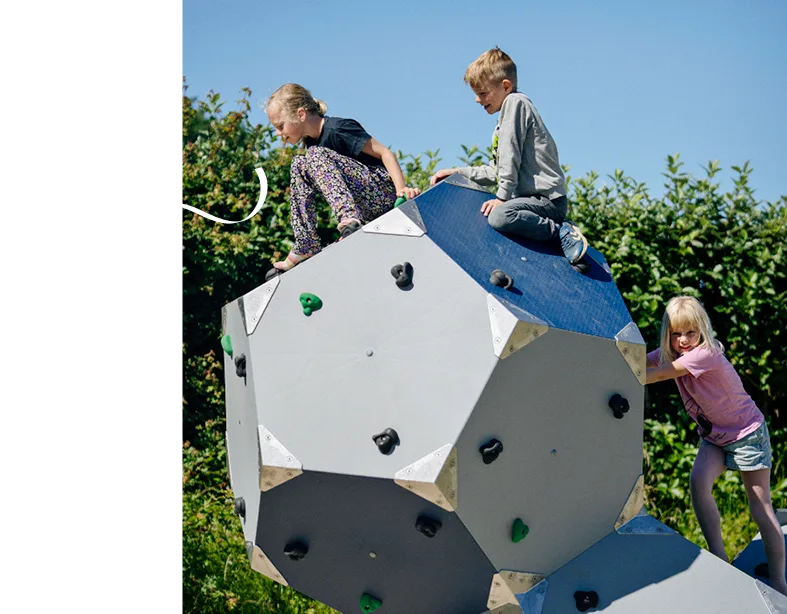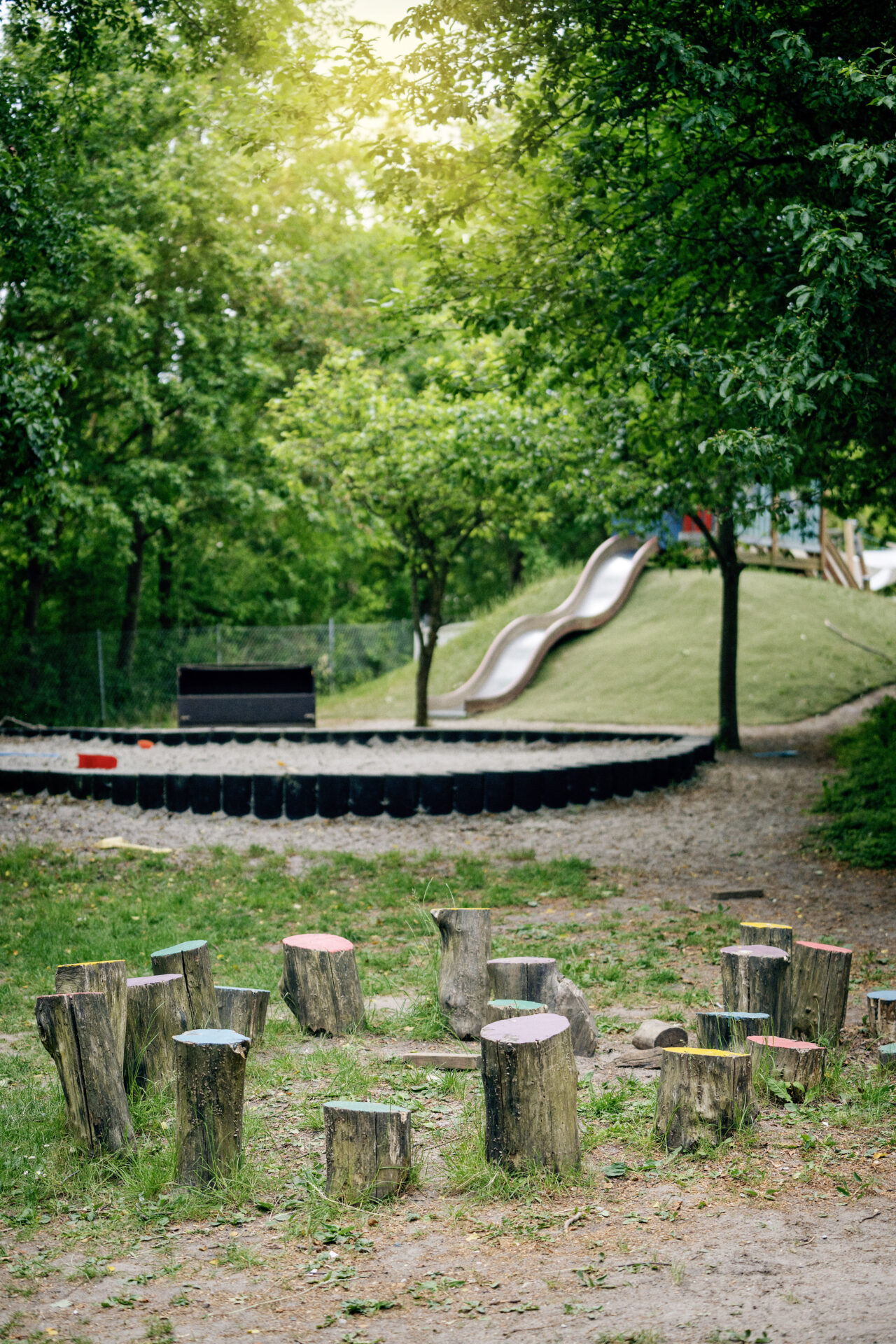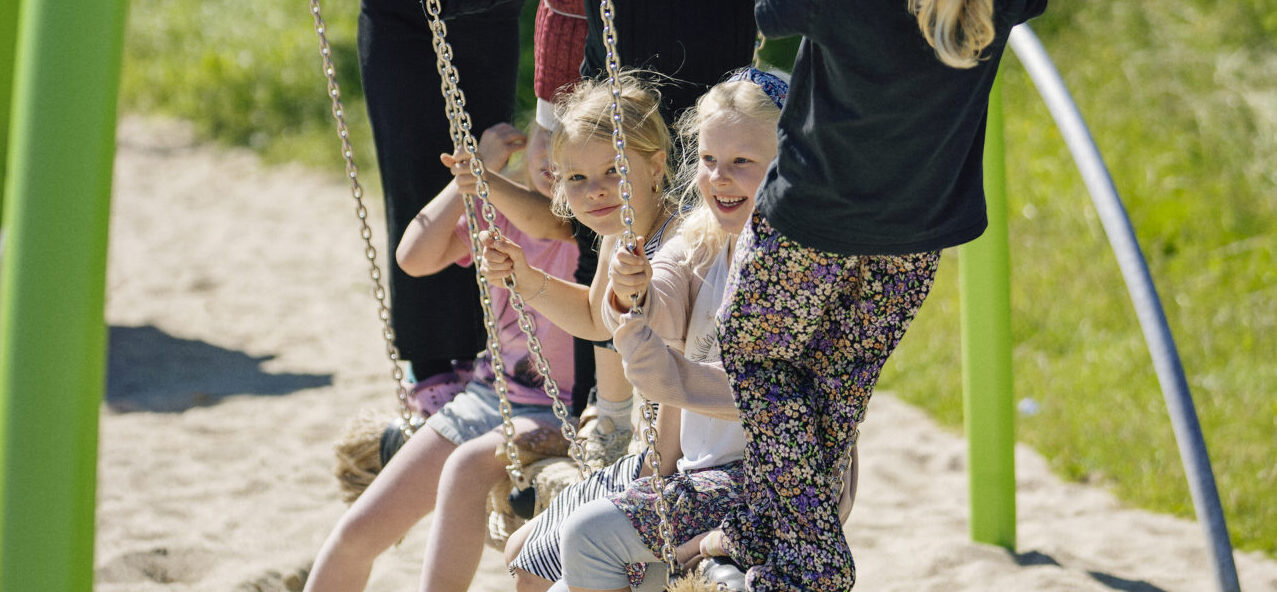
Does changing playgrounds have a positive effect on children’s health?
Introduction and aim
Today’s children have far less outdoor playtime than previous generations. This is a concerning trend given the importance of outdoor play for children’s physical, social, and mental development.
By presenting clear evidence of the health benefits of playgrounds, researchers can help convince policymakers and city planners to prioritize playground investments.
To support playgrounds’ prioritization in urban planning, the World Playground Research Institute conducted an extensive review, analyzing 247 key publications to illustrate the health benefits of playgrounds.
In this brief, we present key findings that can guide and provide essential arguments for the (health) benefits of playgrounds. These arguments are particularly relevant for policy makers and city planners working to prioritize and plan for playground investments.
Additionally, this brief may also be useful for researchers and research communities looking for available information on the health benefits of playgrounds.

Characteristics of the included studies

What did the evidence tell us?
The large number of peer-reviewed articles shows us that the health benefits of using playgrounds are frequently studied by researchers.
In other words, there is ample scientific evidence available that decision makers could use to advocate for playground investments.

Schoolyards
Changing school playgrounds, e.g. by adding schoolyard markings or playground equipment, has been shown to have a positive effect on physical activity in several studies and countries.
Adding more vegetation to school playgrounds has shown a positive effect on mental and social health.
Early Childhood Education and Care (ECEC)
In an ECEC setting, there is considerably less evidence than for schools, but the available evidence indicates that providing playgrounds with more space per child increases physical activity, whereas providing more vegetation seems to decrease physical activity.
Adding playground marking did not increase physical activity, but adding play structures did.
Public Open Space
For playgrounds in public open space, the number of robust studies is even more limited, but one study conducted in Australia showed a positive effect of adding large, challenging play structures in a public park on physical activity.
Does changing playgrounds have a positive effect on children’s health?
The short answer is yes! The longer answer is, it depends on the setting and the health outcome.
What areas of research need further exploration?
This review shows that there is strong evidence that upgrading playgrounds boosts physical activity in schools and may also positively affect children’s mental and social health.
There is also some evidence that renewing playgrounds can increase physical activity in public open spaces and ECEC.
However, the review also displays that …
- more efficacy and effectiveness studies on all health outcomes are needed, especially in public open spaces and ECEC.
- in schools, more efficacy and effectiveness studies should look at other health outcomes than physical activity.
- more studies are essential in middle- and low-income countries to provide evidence for the health benefits of playgrounds in these countries.
All our briefs are accessible through our website, www.playgroundresearch.org.
On the website, you’ll find a compilation of briefs that offer a clear comprehension of research findings and their implications for future research and practical application.
You can also download a printable PDF version of this brief to facilitate sharing.
Downloads
Please click on the download link below to obtain a copy of each file
Main Editors



Similar Briefs
Projects
Explore our institute’s active engagement in developing playgrounds’ future through innovative research and current projects.
Briefs
We are dedicated to sharing valuable insights from research studies and reviews through concise and accessible publications.
Articles
Explore our article database for a comprehensive array of global research and insights, offering diverse perspectives and knowledge.
News
Stay up-to-date and engaged through the latest news, project updates, events, and activities specific to playground research.


